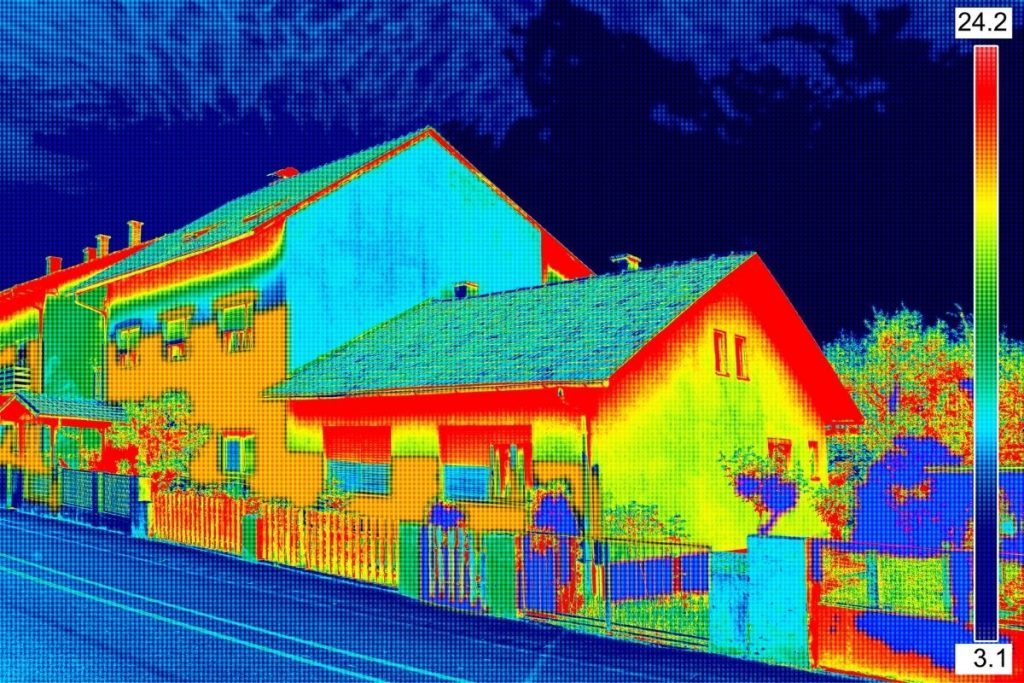Retrofitting Makes Homes More Energy Efficient
In the past, building homes more energy efficient required major investments. With the rising cost of energy, most new home buyers are unwilling to pay these costs. But in recent years, home builders have made major upgrades to their homes that make them more efficient. And those improvements are helping consumers avoid higher utility bills. But how do we know which homes are the most energy efficient?
We can start by visiting our Home Energy Assessment page. Here are some steps to make your home more energy efficient:
When building a new home, there are many options available. A well-built home will be more comfortable and save money in the long run. With improved insulation, it won’t have hot and cold spots and won’t require nighttime A/C. In colder climates, air leaks and poor insulation will make your house feel colder than it is. But better insulation and better heating systems will solve these issues. In short, it’s a win-win.

Retrofitting Older Homes
The benefits of retrofitting older homes are numerous, but not all of them have the same environmental impact. Some are just uncomfortable and drafty, while others are a contributing factor to rising energy bills. Fortunately, retrofitting is a good option for both households and climate change.
The UK is the world’s second-largest net carbon emitter, responsible for around 14% of total emissions. As part of the UK government’s net zero targets, it is essential to retrofit at least one million homes annually.
![]()
While piecemeal improvements are often effective, they fail to consider the overall impact of the project. Although blocking off a chimney or replacing wooden window frames can reduce heat loss, they can also increase moisture levels and increase the risk of mould and damp.
Ultimately, it is best to consider the environmental impact of any renovation project before beginning work. Whether you choose to retrofit an existing home or build a new one, it is important to remember that different aspects of a building require different levels of energy and maintenance.
Improving Home Energy Performance
If you’re considering a major renovation project, consider Improving Your Home Energy Performance before you start. Energy efficiency will help you lower energy costs and cut your carbon emissions, while also helping your pocketbook. And remember, government incentives are available to offset the costs of these upgrades. And with many incentives stacking up, you can choose to invest in one project or many. Regardless of your remodelling plans, the most important thing is to keep your energy bills low.
While you’re in the midst of a renovation project, don’t be afraid to ask for references. This can help you narrow down your choices. Look for professionals with relevant experience in energy renovation. You can also look for those with referrals from trusted sources, strong portfolios, and professional associations. And remember to get everything in writing!
Find builders and renovators that build and renovate homes with high energy efficiency, and Net Zero-certified status. You can check their credentials here.
Get Retrofit Ready
The UK government is committed to tackling climate change and reducing its impact on the environment, but many homes are not ready for retrofitting. The government is now launching a scheme to help people get retrofit ready for their homes. However, the scheme has a long way to go to make all homes energy efficient. There are still many obstacles to overcome, though.
One of the main ones is a lack of information. The report says that fewer than half of UK homeowners want to upgrade their homes despite the potential benefits.
One of the first steps to retrofitting your home is to check the fabric of your house. Your home’s fabric, including your walls, floors, roof and windows and doors, will have a large impact on the retrofit work you need. It’s best to assess the fabric of your home before embarking on larger projects. By checking your home’s fabric, you can make sure that you’re retrofitting in the right place.




